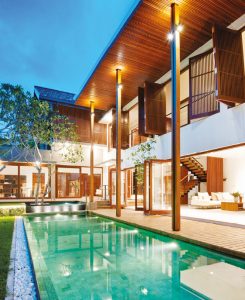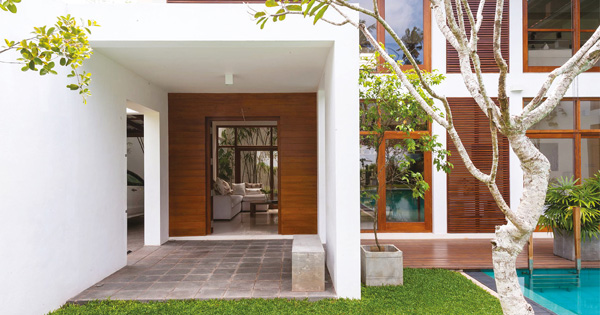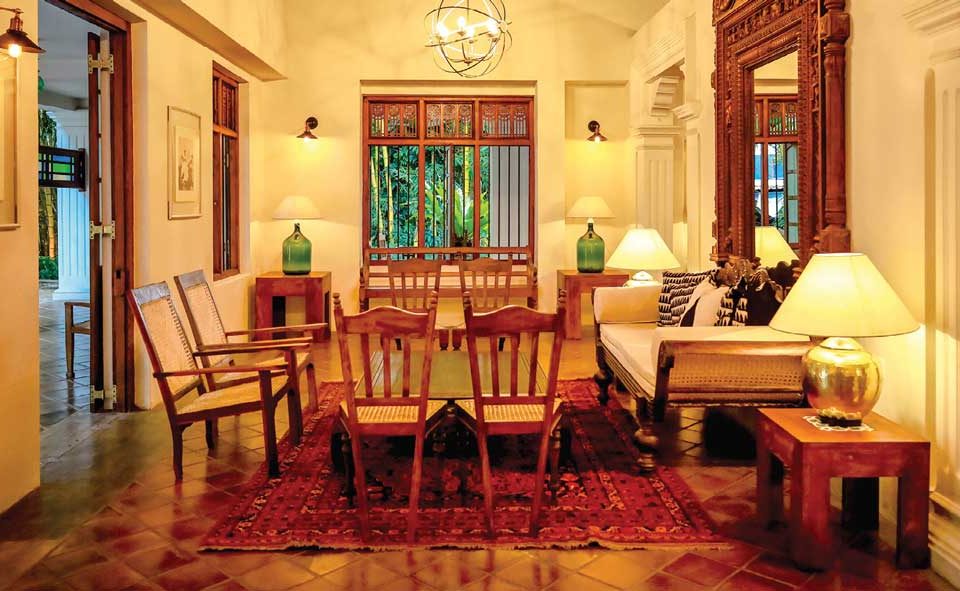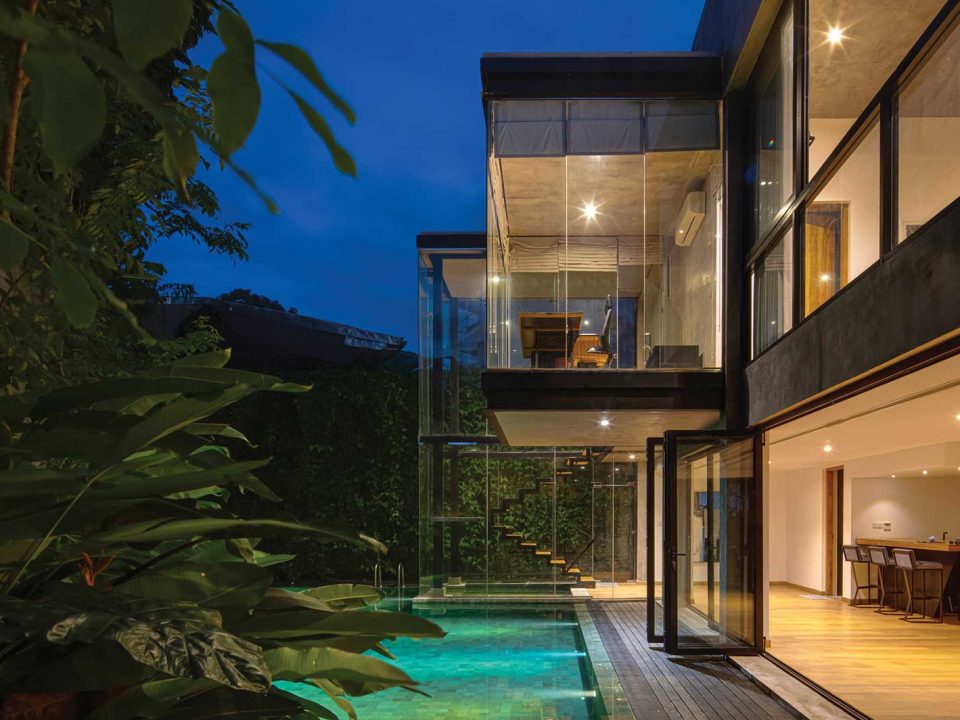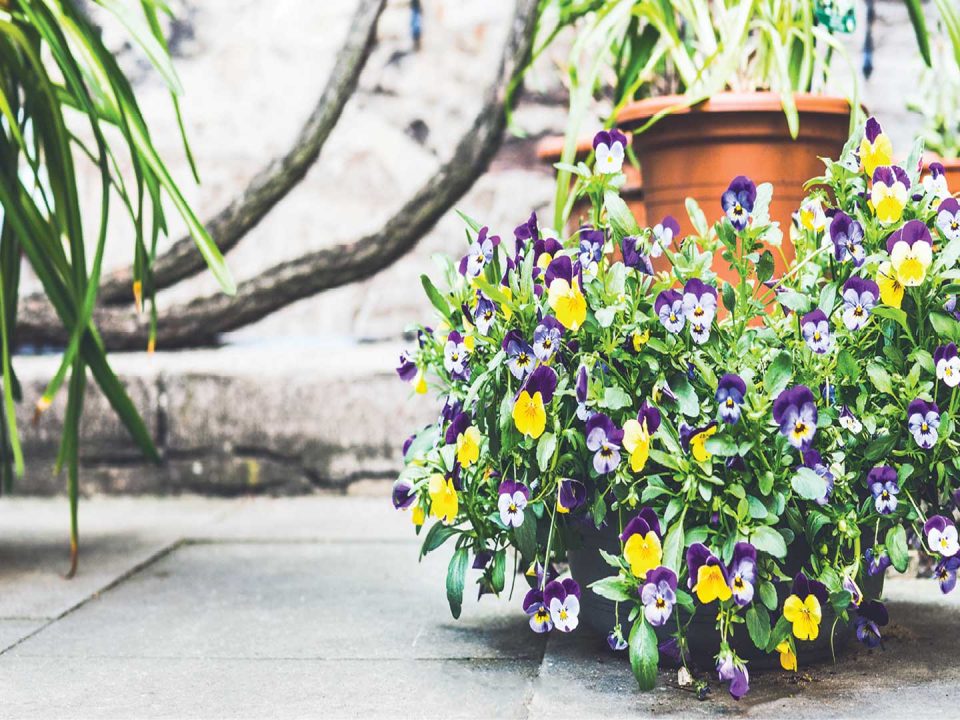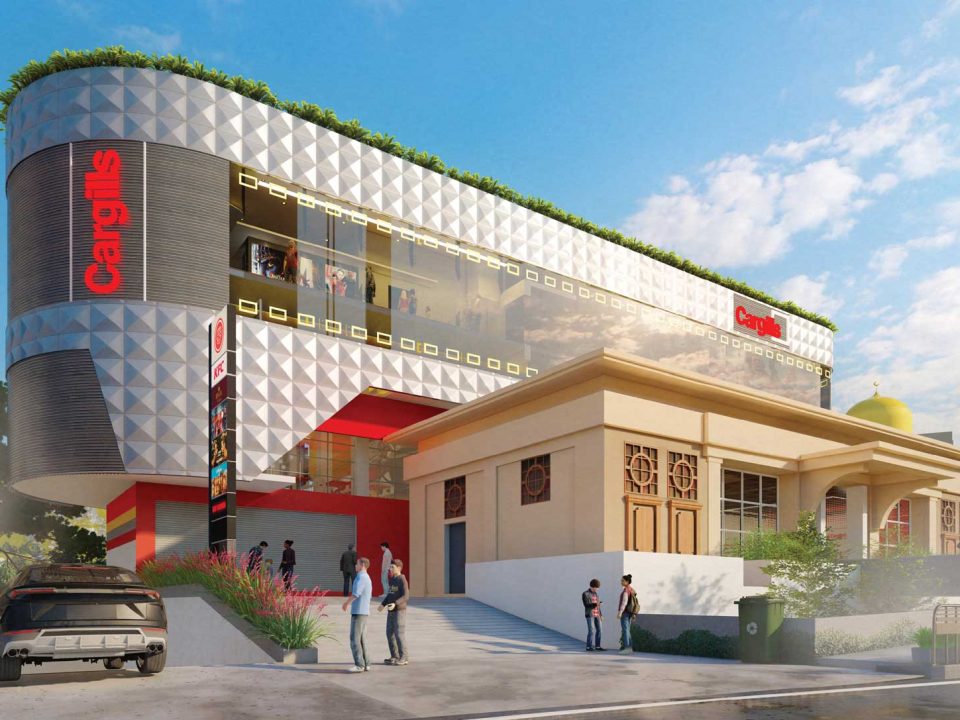TALKING SPACES

Japan’s new levitating train will travel at 311 mph
February 28, 2020
ALEXANDER’S KINGDOM
February 28, 2020
Green living in the midst of our consumer culture
Damith Premathilake in conversation with Lashani Ramanayake
Beginning with a childhood fondness for calendar pictures of European cityscapes and later graduating from the University of Moratuwa with a degree in architecture, Damith Premathilake is an accomplished architect who incorporates nature – as well as minimalism – into the simple and elegant spaces he designs.
He is greatly inspired by world-renowned architects such as Ludwig Mies van der Rohe whose sense of simplicity, clean lines and elegant forms continue to amaze him. Premathilake focusses on the unique characteristics of a project that may vary according to personal tastes, context, social characteristics, financial considerations or the availability of materials for the design.
Q: How do architects balance the inside-outside architectural relationship while retaining functionality and aesthetics in today’s context?
A: Balancing the inside-outside architectural relationship when designing is vital especially given the challenges – for exam-ple, rainfall, sun path and monsoonal wind patterns – that must be considered when living in a tropical country. That’s why it’s necessary to incorporate nature into designs to achieve a balance.
My preference is to design with the landscape in mind, and incorporate vistas and open spaces with greenery that bring in natural light, as well as ventilation, to each and every space in a project.
Though this can be challenging, such an approach is needed to create pleasant and comfortable indoor spaces, whilst enjoying the tranquillity of nature since function-ality and aesthetics should both be considered in the design process.
Q: How important is it to ‘go green’ in regard to home keeping?
A: Currently, we live in a world where environmental pollution and climate change have created a major crisis. Pollution due to human activity over the years has caused much damage.
As architects, we should encourage and design more green or sustainable projects. Moreover, using passive energy sources instead of depending on mechanical pro-cesses is a wise option when going green in a residential context.
Furthermore, minimising carbon emissions throughout the lifespan of a house, and following simple methods and techniques to achieve this goal, are steps to sus-tainable living.
Q: What simple steps can homeowners adopt to embrace green living?
A: Utilising sources that are passive such as solar energy for daily activities, minimising wastage and harvesting naturally available resources to maintain houses are simple ways of going green.
It’s also important to consider the product life cycle when purchasing homeware and appliances. The end use of products should always be considered and if possible, adaptive reuse should be followed to minimise negative environmental impacts.
Q: And what national policy changes would enable this sphere to develop?
A:
Strict policies on sustainability in the construction industry – i.e. where the building life cycle and its usage are considered are key aspects. Further, policies relating to material use, and their impact on the environment and living beings will encourage more sustainable design concepts based on principles that are modern, as well as better suited to the environment and society.
Finally, preserving the available natural resources should always be given priority when implementing policies in the field of construction.



